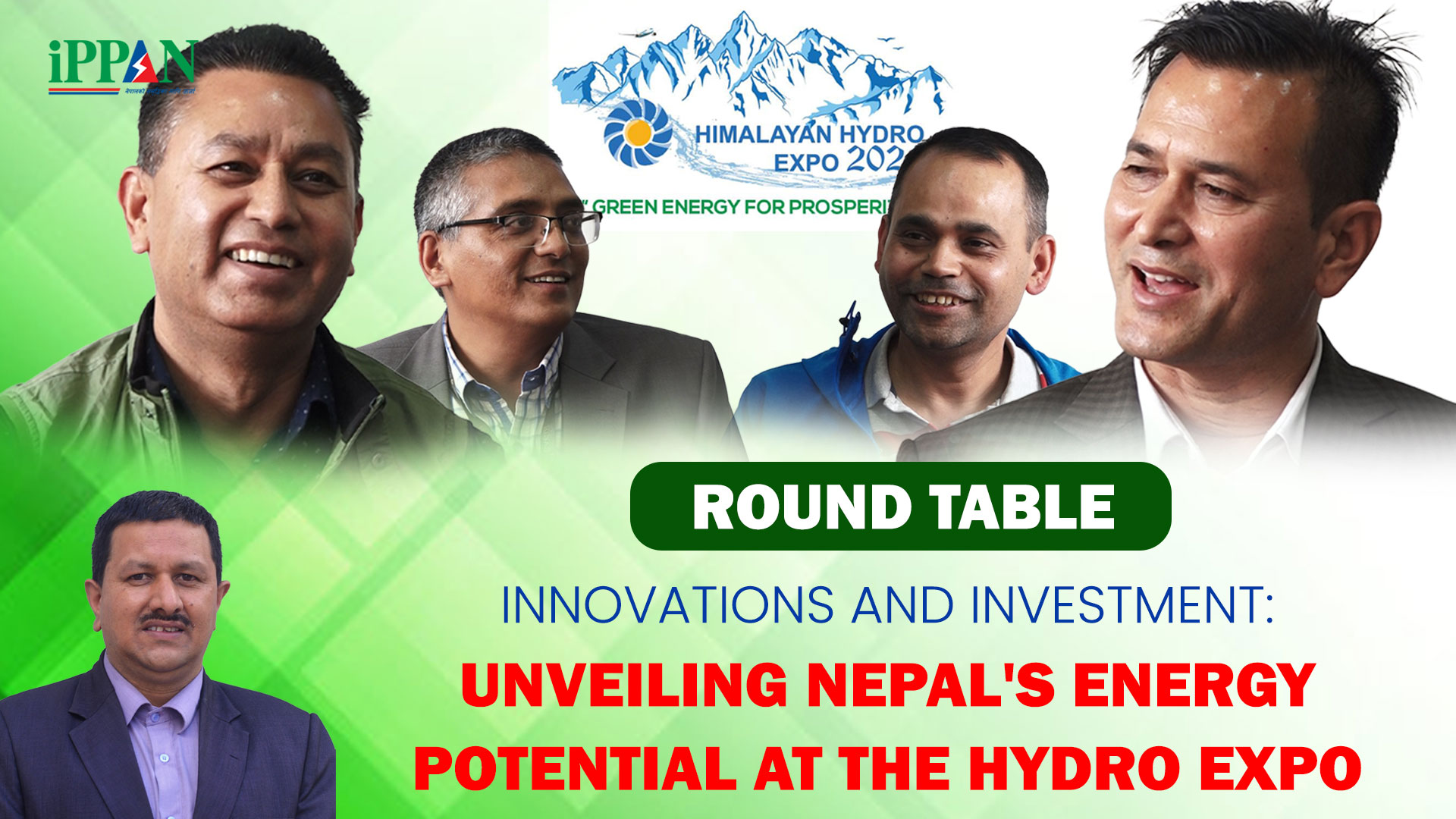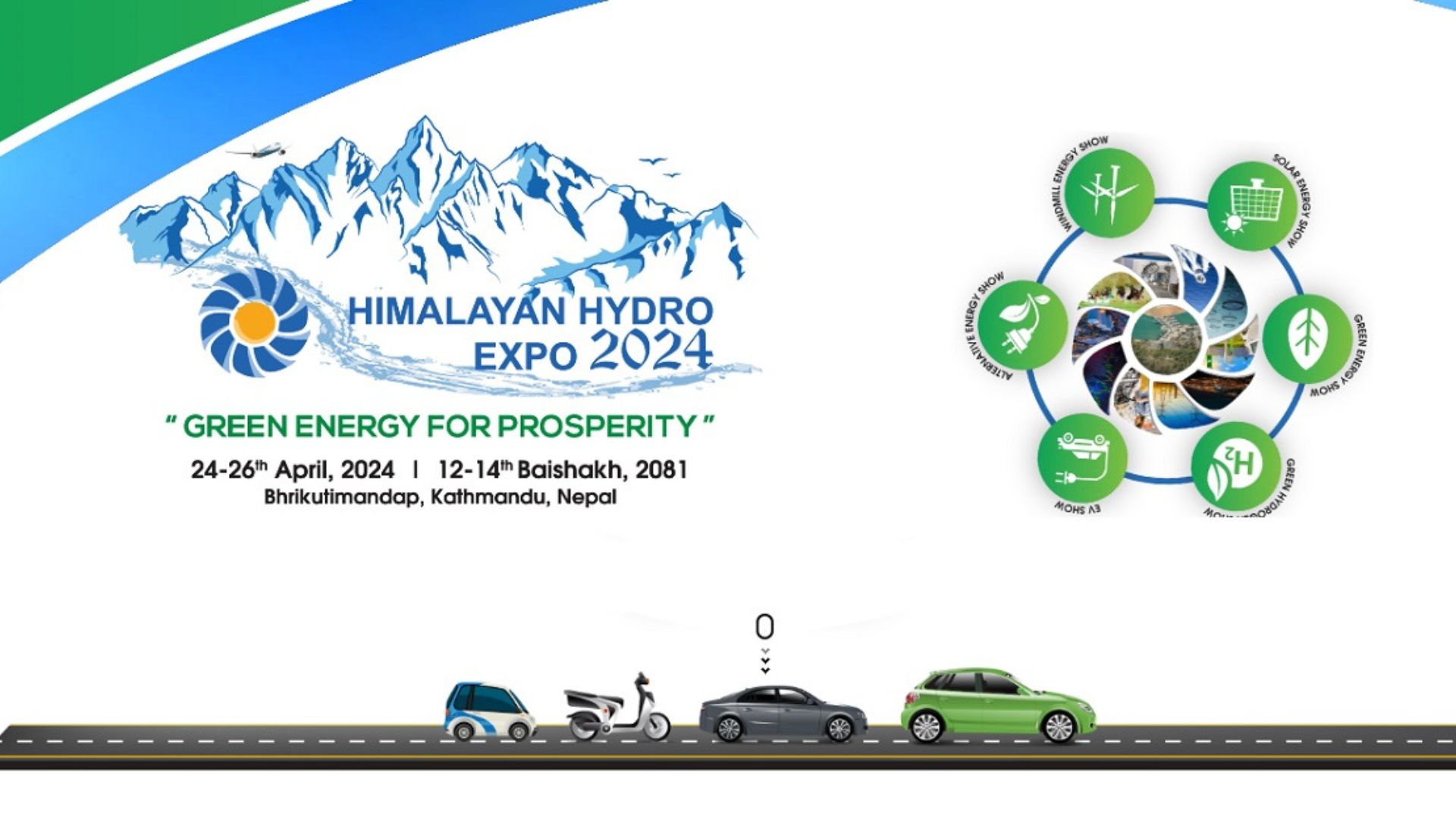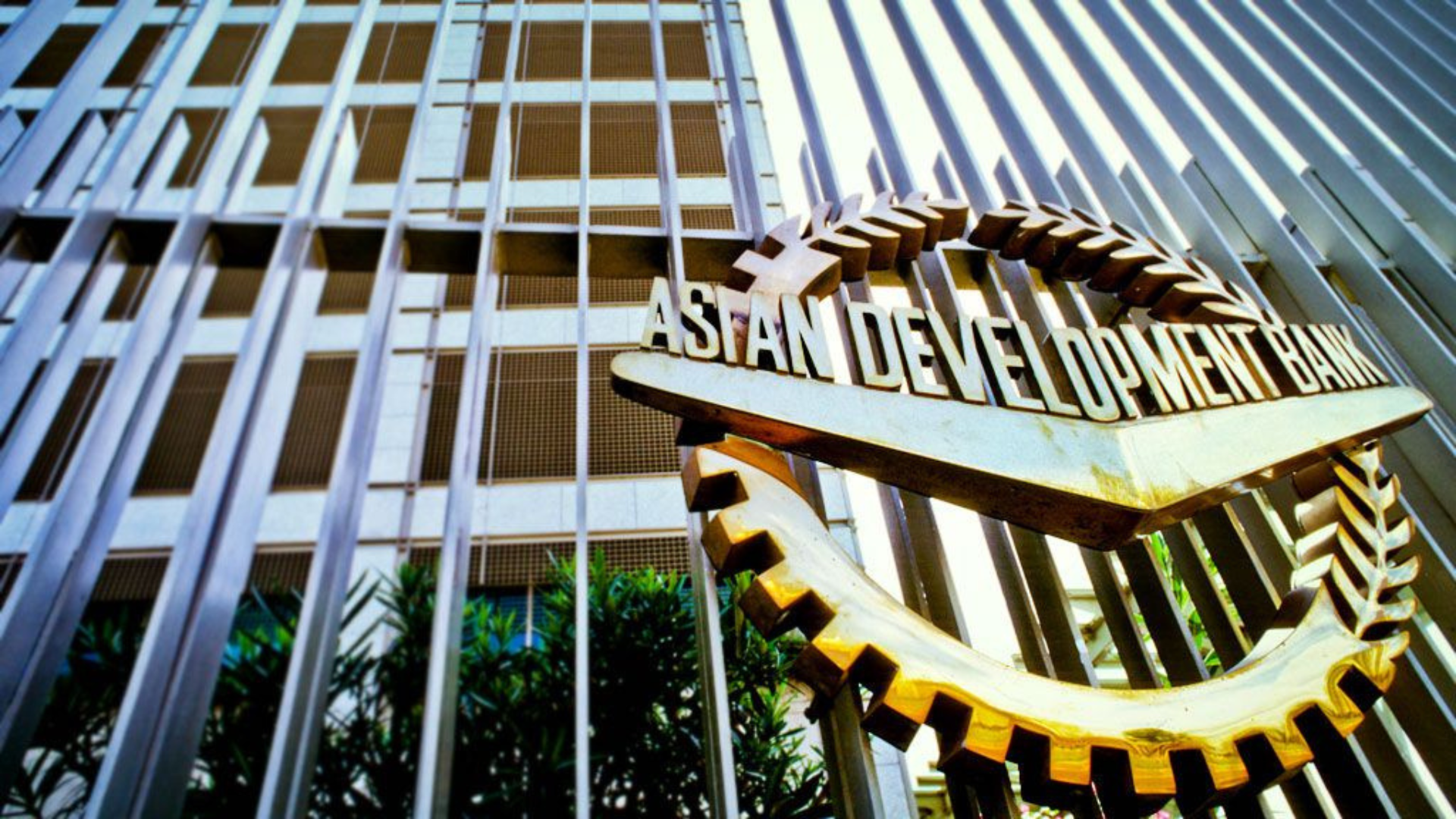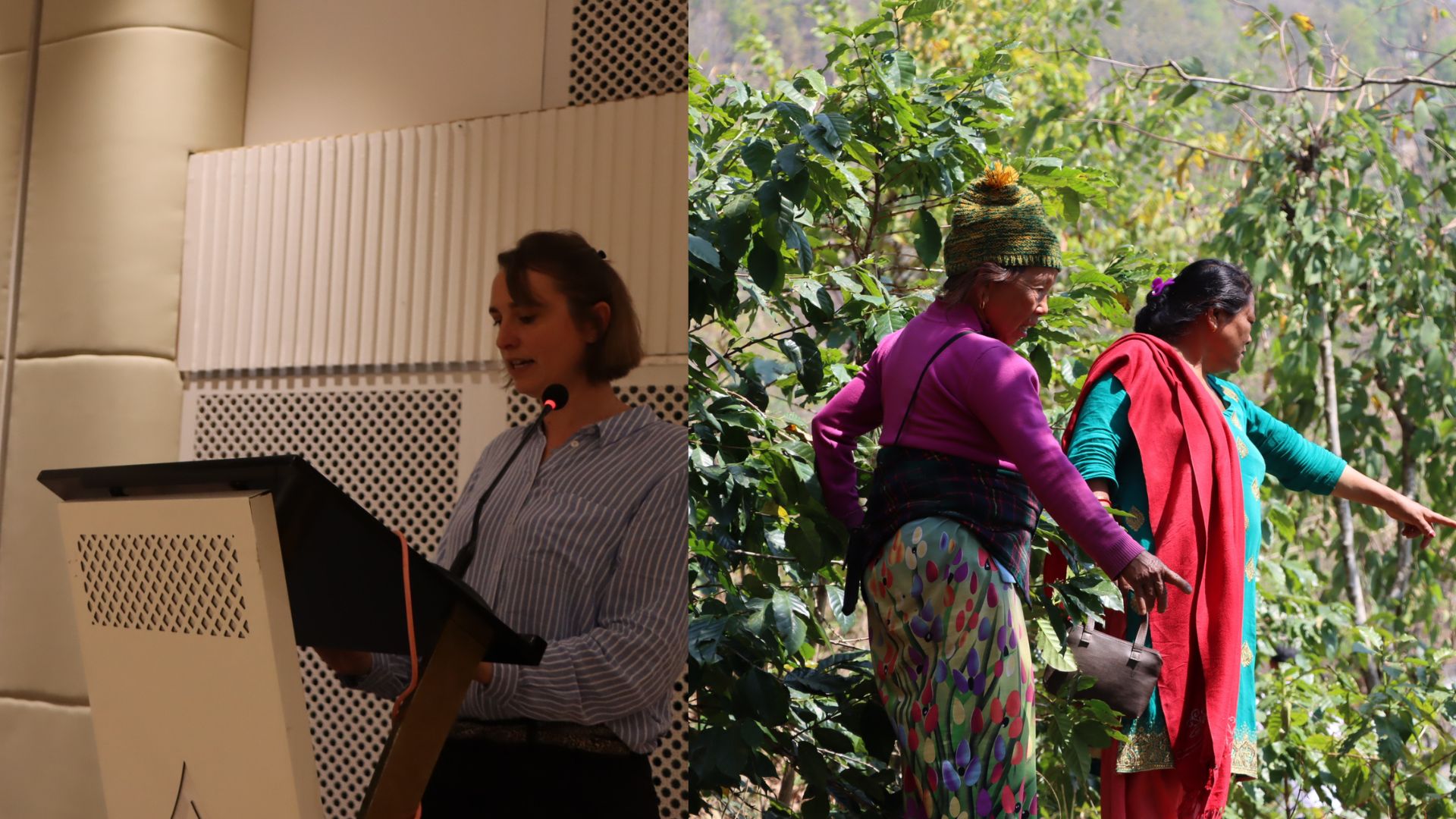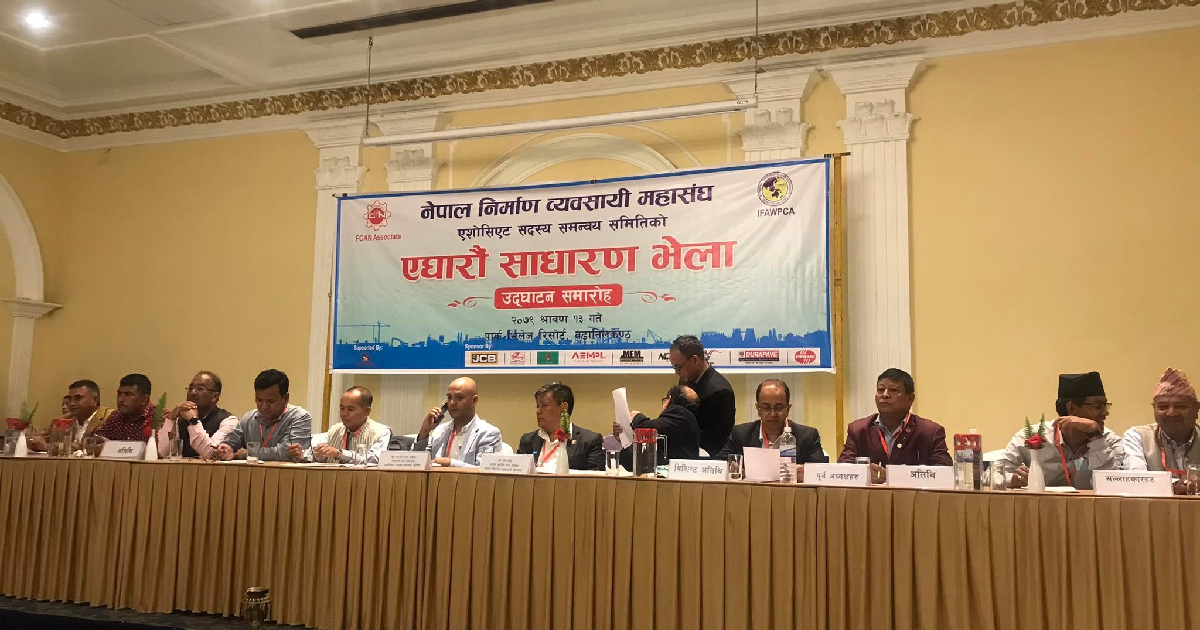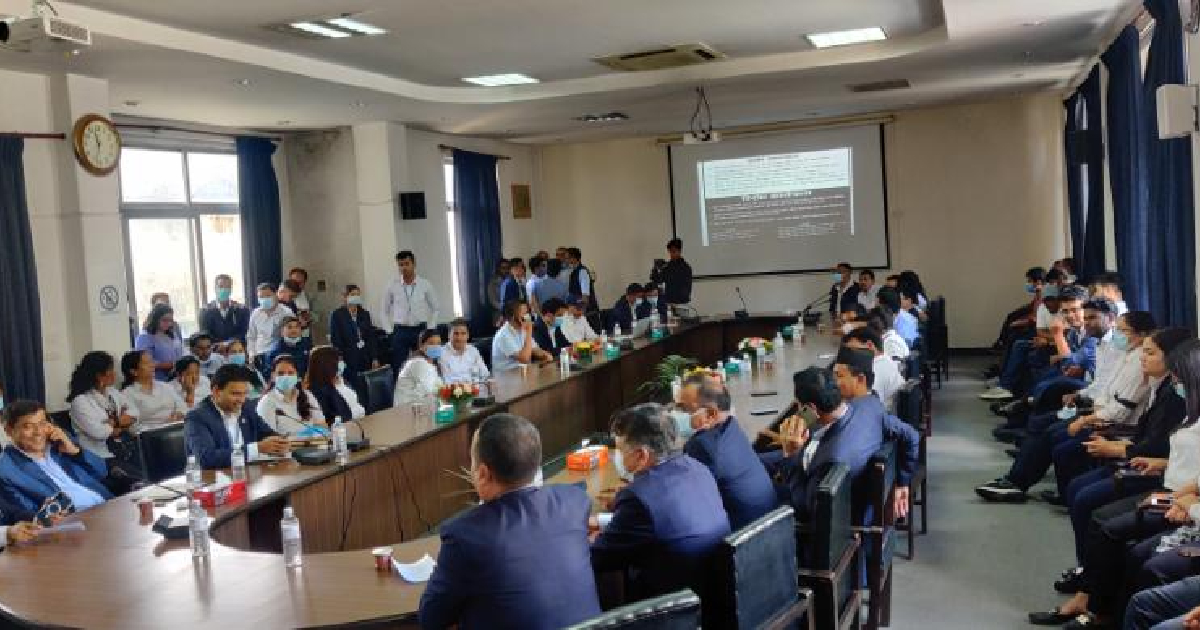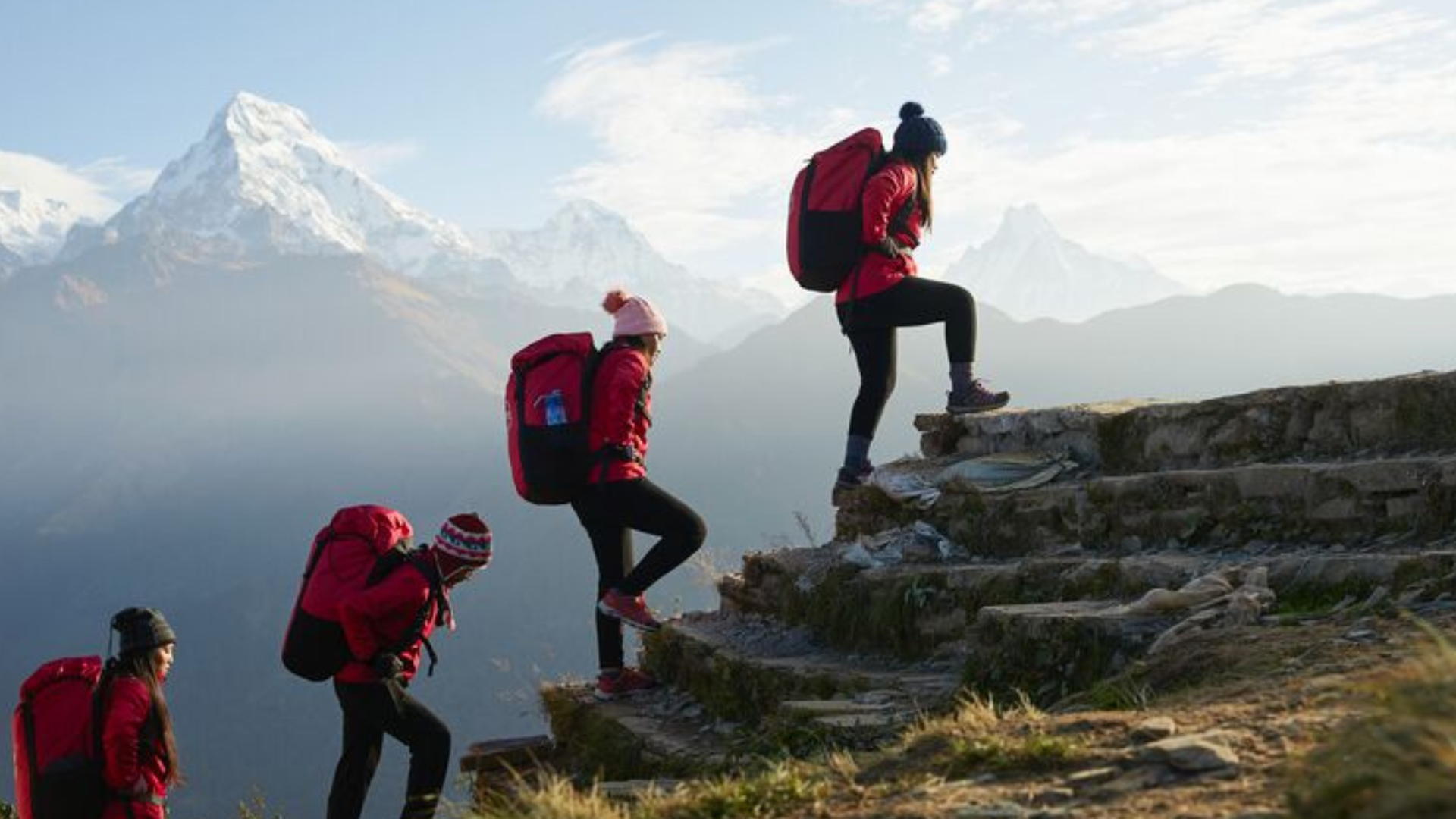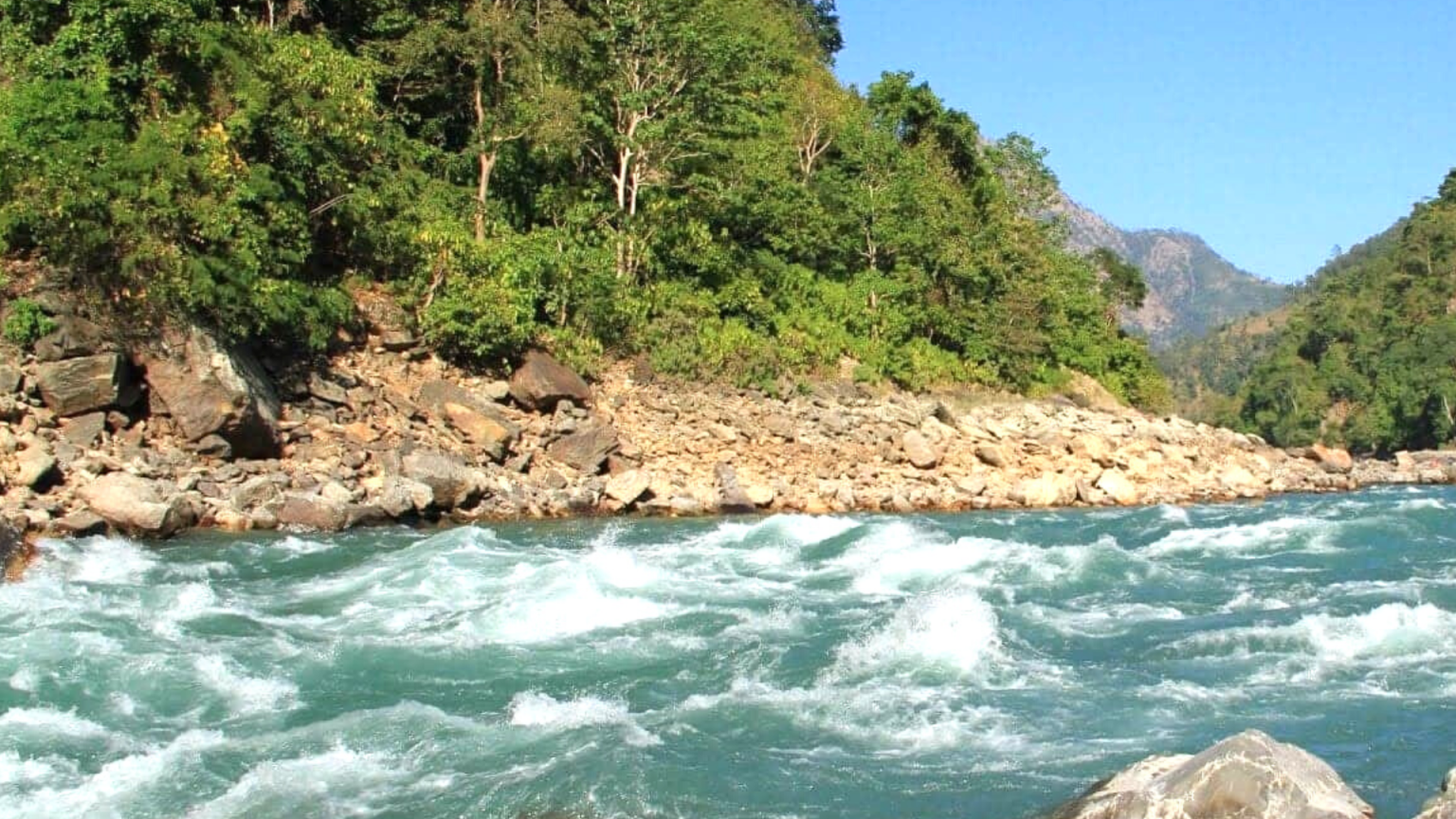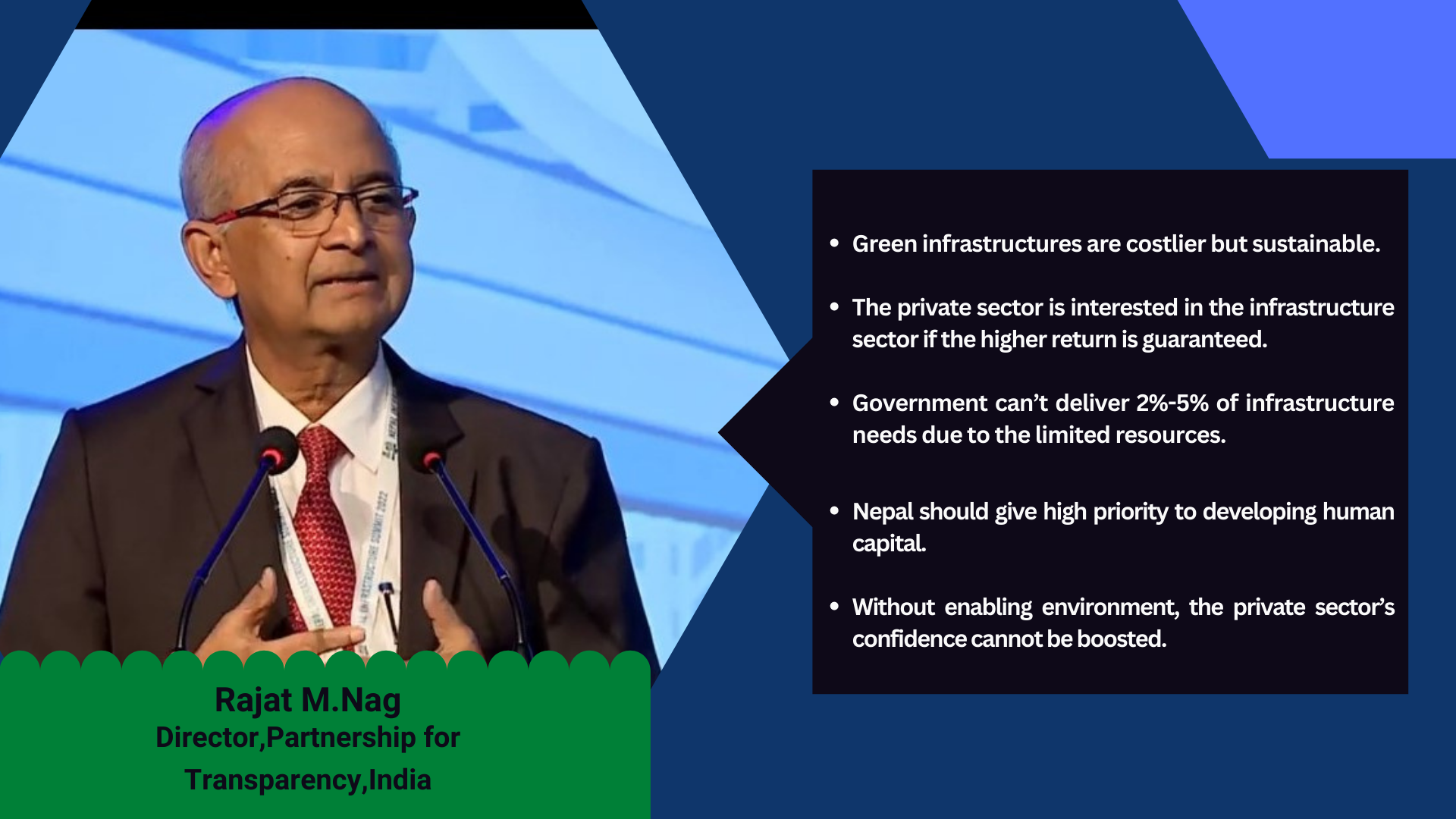

Rajat M.Nag is a member of the Board of Directors at Partnership for Transparency, India. Nag was the Managing Director General of the Asian Development Bank (ADB) in Manila from 2006 to 2013 and has held several other top positions at the ADB. He is internationally well known for his intellectual leadership, extensive operational experience, and in-depth knowledge of development issues, particularly in infrastructure financing, public-private partnerships, and regional cooperation. He holds engineering degrees from the Indian Institute of Technology, Delhi, and the University of Saskatchewan in Canada. He also has a Master’s Degree in Business Administration from Canada and in Economics from the London School of Economics. He talked in detail with Bhim Gautam of nepalinfrastructure.com, about the private sector’s involvement in infrastructure development at a time when a green investment has become the global development agenda.
How are you observing development initiatives taken by Nepal, India, and other SAARC countries? Are they following the appropriate development model?
First of all, each country must follow what is appropriate for that country. A small country will have different issues while a big country like India has diverse issues. So, the development model cannot be one-size-fits-all. And even within a country, you have to have a different perspective. Because what may be relevant for the mountains is not relevant for the hill region. If you’ve got different geo-climatic conditions. So, the important thing is to get the decision-making closest to the people as far as possible. Because ultimately, it must be the people who decide. So, is Nepal following it? I think federalism is a very good idea. Rather than decentralizing it, should be taken under a bottom-up rather than a top-down approach. I think it is a win-win proposition. But not everybody will win equally all the time. So, somebody will win a bit, somebody will win a bit more. I said in the session there should not be unanimous on everything. So, in the SAARC, the problem is that its charter calls for unanimous agreement. If one country disagrees, the decision does not happen.
The development model cannot be one-size-fits-all. And even within a country, you have to have a different perspective. Because what may be relevant for the mountains is not relevant for the hill region.
Whereas in Bangladesh, Bhutan, India, and Nepal (BBIN), a sub-regional grouping of SAARC, or in the Bay of Bengal Initiative for Multi-sectoral Technical and Economic Cooperation (BIMSTEC), we follow the Greater Mekong (GM) model where any two countries of sub-region of Southeast Asia can decide on a project and do it. We need a similar arrangement in SAARC also. But the important thing is regional cooperation is critical for shared prosperity for everybody to benefit.
Nepal is making efforts to undertake development activities based on sustainability. However, the gap between the poor and rich people is widening. How can we address the problem of income inequality?
Income inequality is a problem not just in Nepal, It’s a problem everywhere and for a long time. There was a belief that the country should grow and once you grow, others will also benefit due to the trickle-down effect. Now experience tells us it has not happened. Therefore, when we talk about infrastructure, we have to focus on infrastructure in public health and schools which are very important for people at the bottom of the pyramid. Of course, we need the six-lane highways. But if we were to prioritize, I should always accord priority to the access of the people at the bottom to their basic needs such as rural roads, connectivity to the market, electricity, education, and health. We also need to have large projects, but it’s a question of priorities and priority. I think the priority should be on the basic infrastructure needed for sustainable and inclusive growth. And, the growth is more shared by everybody other than just for a handful of people, let’s say 10 percent or less.
There is no contradiction between green infrastructure and good infrastructure. So, any infrastructure, whether it is basic infrastructure or large physical infrastructure, like energy projects, transmission lines, or expressways, all have to be green or environmentally friendly.
How can we synchronize infrastructure development and sustainability? As green infrastructure has become a global agenda, how can we promote it from our context?
There is no contradiction between green infrastructure and good infrastructure. So, any infrastructure, whether it is basic infrastructure or large physical infrastructure, like energy projects, transmission lines, or expressways, all have to be green or environmentally friendly. So, it is not a question of green infrastructure. Not all infrastructures have to be green but should be climate resilient, because climate change is a very serious existential challenge. And Nepal is one of the countries which are most vulnerable to environmental challenges. And when environmental degradation worsens, the poor suffer the most. I have always believed that green growth has to be the mantra as any growth has to be based on green infrastructure development. It has to be particularly because the poor are most affected by climate change, they’re more vulnerable.
How can a small country like Nepal arrange sufficient funds for green infrastructures, which are comparatively costlier?
Though green infrastructure might be relatively costlier, in the long run, it will be more viable and beneficial. And therefore, that is a global priority.
You are right. Sometimes green infrastructures might need more investment, but we must build them for the benefit of ourselves. Because if infrastructures are not green or climate resilient, they will get damaged or destroyed in four/five years. Of course, Nepal doesn’t have a problem as severe as the sea level rise, which is making many countries vulnerable to submersion. Deforestation is another problem. If the hills aren’t protected properly, then the rainfall can trigger more landslides and floods making downstream people more vulnerable to its effects. Though green infrastructure might be relatively costlier, in the long run, it will be more viable and beneficial. And therefore, that is a global priority.
Transparency, balance, and sustainability are crucial aspects of development. How are you assessing the role of government to promote these principles in infrastructure development?
I think the role of the government is critical. The government can’t develop infrastructure everywhere given the limited resources. The government can’t fulfill more than 2%-5% needs for infrastructure. The government should create an enabling environment for the private sector to invest in this sector through good governance, transparency, and policy predictability. The Nepal government should boost the confidence of the private sector creating an appealing environment for private sector investment in infrastructure. There is no dearth of money, the private sector has enough money to invest. But what we need is an investment-friendly environment, without which no foreign investment comes to Nepal or domestic investors will be interested to put money into infrastructure projects.
The government should build roads, but where the private sector is not interested. And the private sector can build hydropower or expressways or airports which can offer higher returns.
Why Nepal’s private sector is not interested in the road infrastructure sector unlike in India where private investment in this sector is impressive?
The private sector gets involved in the sector where they find a higher rate of return on their investment. The government should offer incentives or other measures that can lure the private sector into road development. The government should build roads, but where the private sector is not interested. And the private sector can build hydropower or expressways or airports which can offer higher returns.
You are observing Nepal’s development closely, how do you analyze development being adopted by Nepal, and what would be your suggestion to move forward with sustainable development?
The role of the government is to provide basic services, law and order, and transparency, and then the private sector will come with money.
As my parent used to say that emphasis should be laid on human capital development. My emphasis is not just on Nepal but on all countries similar to Nepal. They must focus on human capital along with the development of physical capital. We have young people and committed people. So, we must give high priority to developing the human capital, make sure they get quality education and make sure they’re healthy as well. Tourism is another highly potential sector. I kept saying nobody can offer the Himalayas like Nepal, but how do you exploit it? The role of the government is to provide basic services, law and order, and transparency, and then the private sector will come with money.


